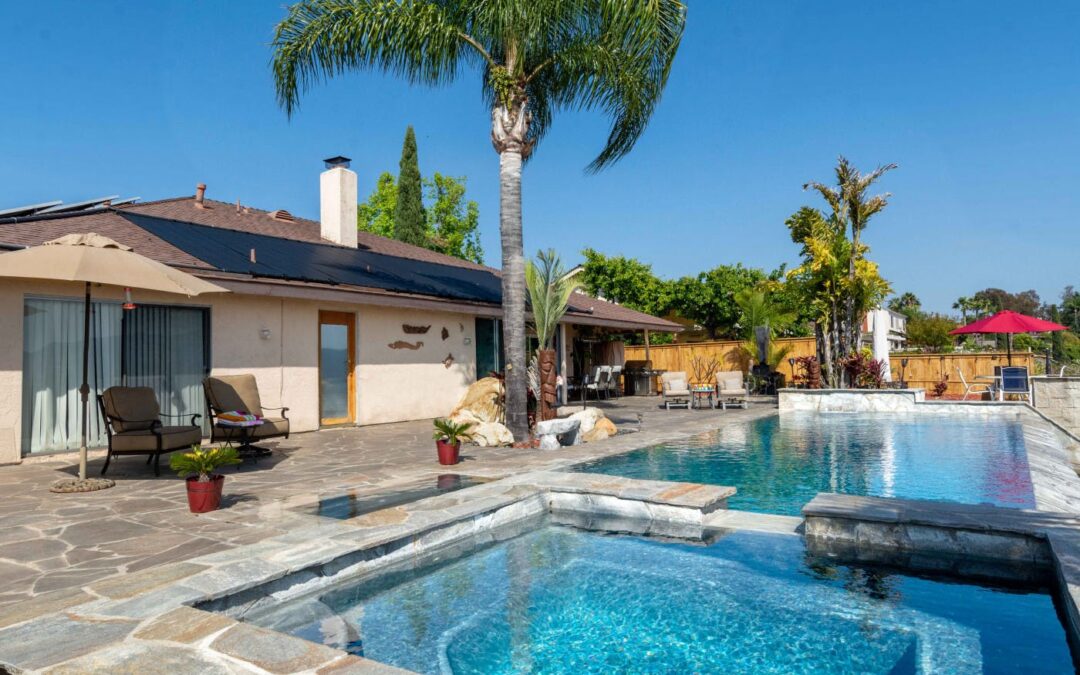Maintaining the right pH level in your pool is crucial for ensuring clean, clear, and safe swimming water. If you notice that your pool’s pH is too low, you’ll need to take action. In this guide, we’ll explore how to raise pH in pool and keep it balanced. Whether you’re a beginner or an experienced pool owner, understanding the science behind pH levels will help you maintain a healthy swimming environment.

Understanding Pool pH Levels
The pH level measures the acidity or alkalinity of the pool water. A balanced pH level is essential for swimmer comfort, equipment longevity, and effective chlorine functioning. Ideally, you want your pool’s pH to be between 7.4 and 7.6.
Why is Low pH a Problem?
A low pH level can lead to several issues, including skin and eye irritation, corrosion of pool surfaces, and reduced effectiveness of chlorine. Addressing this promptly ensures both comfort and safety.
Steps to Raise the pH Level in Pool
1. Test the Current pH Level
Use a reliable pool test kit to determine the current pH level. This step is essential to understand how much you need to adjust.
2. Add Baking Soda
Baking soda, or sodium bicarbonate, is a common household item that can help raise the pH. Add it in increments, testing after each application.
3. Use Soda Ash
Soda ash, or sodium carbonate, is a stronger option for significantly low pH levels. This chemical acts faster and requires careful handling. For more on innovative pool solutions, learn about leak detection systems.
Maintaining Balance
Regular Testing
Regular testing is key to maintaining pH balance in your pool. It saves you from future headaches related to water chemistry.
Monitor Pool Usage
The more swimmers use the pool, the more often you should test and adjust the pH level.
Common Mistakes to Avoid
Overcorrecting pH
Adding too much chemical to adjust the pH can cause it to swing too far in the opposite direction, leading to further issues.
Ignoring Other Chemical Levels
While focusing on pH, don’t neglect total alkalinity and chlorine levels, as they work hand in hand to ensure a balanced pool.
Advanced Techniques
Automatic Pool Systems
Consider using automatic pool systems for consistent monitoring and balancing. For more innovative pool maintenance techniques, see advanced systems.
Consulting Experts
If you’re overwhelmed, don’t hesitate to consult a pool professional. Checking out how pools add value can also be beneficial.

Frequently Asked Questions
How often should I test my pool’s pH level?
It’s best to test your pool’s pH level at least once a week, and more frequently if the pool is used often.
Can I swim immediately after adjusting the pH?
It’s usually safe to swim 20-30 minutes after making adjustments, but always check specific product instructions.
What if pH levels keep dropping?
Persistent low pH might indicate a larger issue; consider consulting a professional for a detailed assessment.
This article contains affiliate links. We may earn a commission at no extra cost to you.

